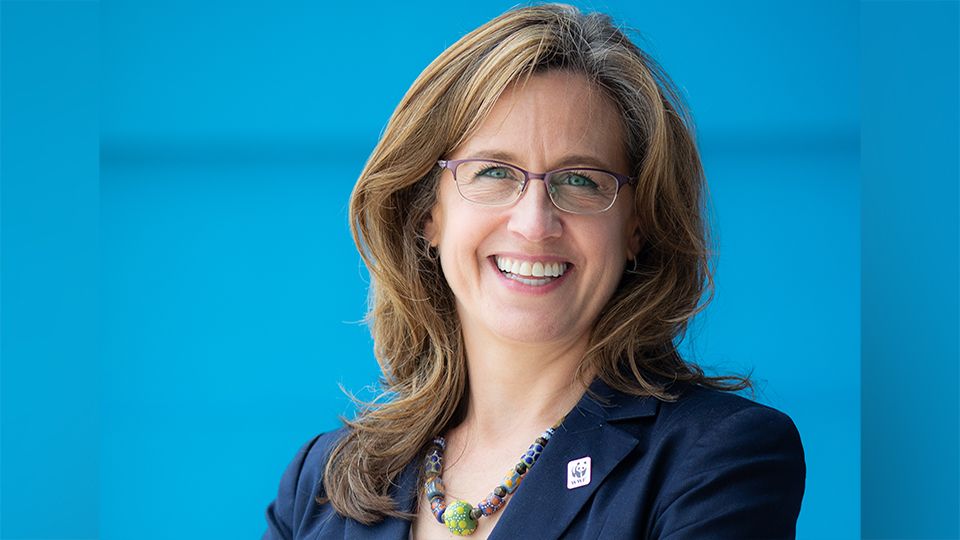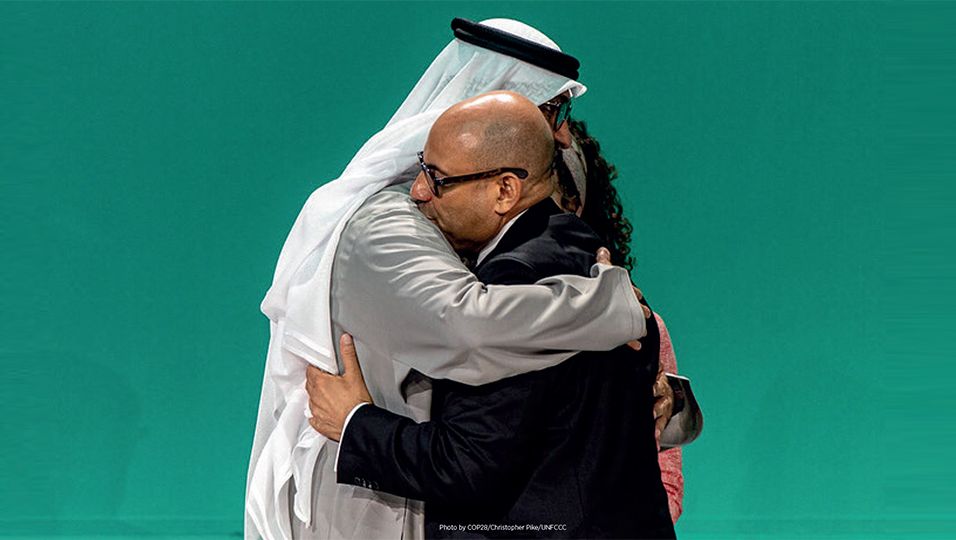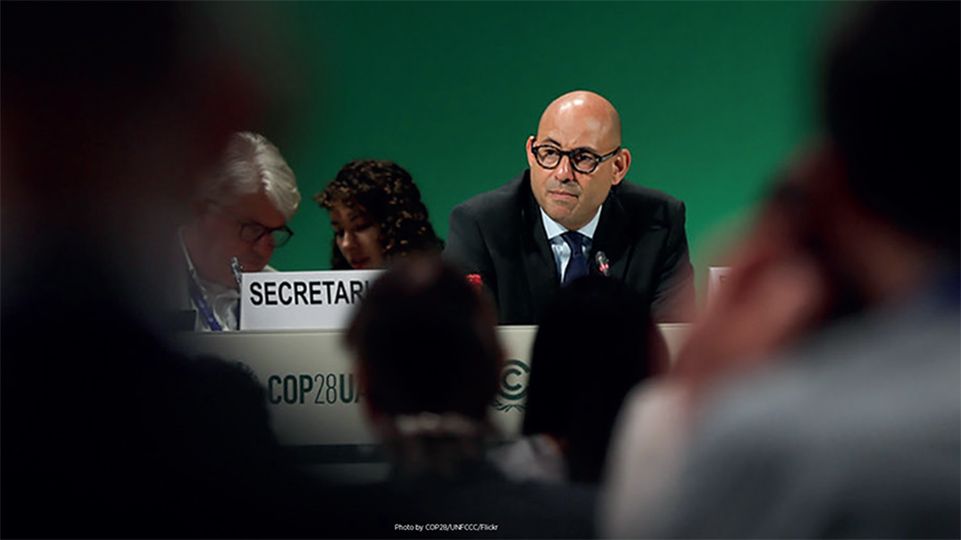Climate finance needs scale and pace and it’s good to see more relevant parties around the table, Margaret Kuhlow, global finance practice leader at WWF, tells ESG Clarity in this video interview from COP27.
However, not everyone around the table speaks the same language when it comes to terminology.
Kuhlow also discusses WWF’s role in these conversations and how the organisation can add credibility to, say, net-zero transition plans, which need to be science-based, she added, giving an example of a partnership that is facilitating the mobilisation of private finance for climate and nature.
Watch the video interview above and view the full transcript below:
MK: We need to transition. We need the finance to transition, and we need to finance the transition. Starting to get those roadmaps in place is really going to be critical.
NT: What’s WWF’s input into that? What do you need to make sure happens when those plans are being outlined?
MK: First, net-zero claims themselves need to be credible. They need to be science based. They need to have a 2030 halving emissions target, net zero by 2050. We need to see transparent reported progress along the way against those targets and that needs to play a part of the transition plan as well. The transition plans need to be credible because organisations like WWF aren’t going to believe it if there isn’t some real science-based target and transparent reporting against progress on those transitions. So our real contribution to that is adding in what makes those credible.
NT: You put out a call to action for finance firms quite recently. Have you had much feedback from that?
MK: Yes. That has gotten really good uptake with financial regulators in particular. I think we’ve seen some conversations here over the last couple of days as well. For the first time just a couple of years ago, the network for Greening the Financial Systems, of central banks and financial regulators, was here at COP, and they’re having a number of events.
Financial regulators see not just the financial systems implications of climate change, but the financial system’s implication of biodiversity loss as well, and how biodiversity loss and climate change interact with each other. So they’ve been acting, I would say, quite quickly and certainly relative to some of the policymakers and some of the broader discussions on implementation of the Paris Agreement.
And that’s really been great to see. So we’ve gotten a lot of really good engagement in particular with regulators, want to make sure that the benefits accrue where the resources are and from and where those assets are actually stewarded. And a lot of what has happened early on, especially in the carbon markets, but even more broadly, is this forgetting of the people on the ground who live in nature, who have been stewarding nature for generations, literally.
So that combination of how you make sure that you’re having a positive nature impact, not just a positive climate impact, and you’re having a positive impact on the people because otherwise you’re going to face reputational concerns with those. If the topic is credits or investments, you’re going to face ultimately long-term social license to operate challenges.
See also: – All ESG Clarity’s COP27 coverage
NT: If you’re an investor in companies, say, how do you do an engagement with that company that maybe then has to do an engagement with a group that they’ve never had those conversations with before. Where do you start?
MK: Yeah, it’s tough. You start from the ground, you start from the people. So the closer you can get to where the activity is, where the asset is, the better you are able to identify who are the most relevant parties to bring to the table. And all these conversations need a really diverse set of actors, and we see it ourselves over the past couple of years, we as an environmental NGO have been included in a lot more conversations than we used to be, because financial institutions don’t speak conservation and conservation organisations don’t necessarily speak finance. The global conversation sometimes ignores what’s happening on the ground and ultimately on climate and biodiversity.
You also need multiple disciplines. So those conversations take a little bit longer, but ultimately they’re deeper and the solutions they find land better and they’re more sustainable.
To give a concrete example, we are in partnership with the Dutch development organisation FMO, in a facility called the Dutch Fund for Climate and Development (DFCD). And it’s a €160m financial facility for climate fund managers. So FMO, WWF and SMB, which is a Dutch social NGO. And together what we’re trying to do is identify investments on the ground, in nature, for climate and for people that roll up into a real business model.
So this combination of debt, equity and grants to help spur the development of those projects and then ultimately what FMO and climate fund managers would like to do is extend that out to another half billion dollars of investment.
Getting all those parties together took quite a bit of time because we all speak different languages, maybe we use the same words but different ways say the same thing. But I think that’s ultimately how we’re going to solve problems like climate change, like biodiversity loss, is bringing all these kind of different parties together.
Blended finance
NT: Definitely and I’m sure our fund selector audience is waiting for those solutions to become investable for them as well. And it can only accelerate here, right?
MK: Well, sure. And there’s a lot of discussions here about how you better blend finance, because what we want to see is the $100bn of development assistance delivered as promised. It’s not going to be enough. We want to see a doubling of adaptation finance. We want to see adaptation finance become half of that climate finance.
But that’s public sector money. And it’s not nearly enough to solve the problem. I’ve seen the range of estimates of what we need a year, you know, $1trn, $4trn, and we look at all the numbers, but the upshot of that is that public money is not going to be enough and we need to first deliver it and then get better at mobilising and using it to leverage the private finance that may come to the same solutions.
And without examples like DFCD we’re not going to be able to get to the scale we need now. We just need to get it at the pace that we need.









